It seems that I have been bitten by birding fever. For all my life I have never looked close enough at a bird to be able to name it. Biology in school is too far in history to remember anything of it. So where does this sudden interest in birds come from?
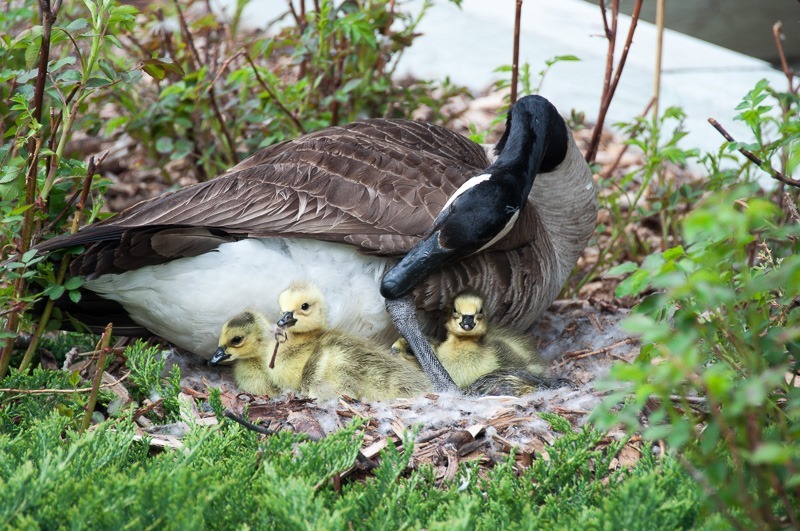
My guess is that with today’s technology it is easier to become a collector of birds. I wouldn’t call myself a “birder”, that would be too much.
A birder is someone with binoculars, walking in all kinds of environments just to see a bird. Of all of the ones I have seen and met, not one of them was writing down any details of what he or she had seen.
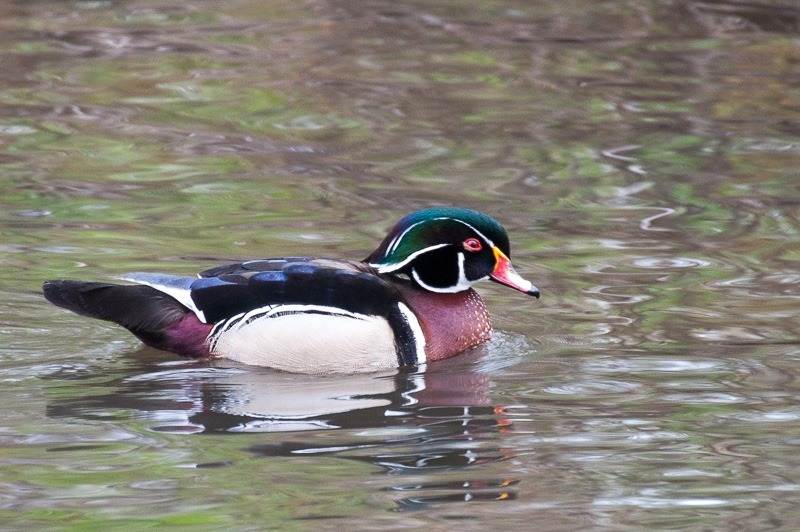 Wood duck, male
Wood duck, male
I can only guess that all those beautiful birds remain engraved in their memory forever. Something like a walking bird book. That is definitely not me. As far as birds go, my memory looks more like a big piece of Swiss cheese. Lots of place but also with lots of holes.
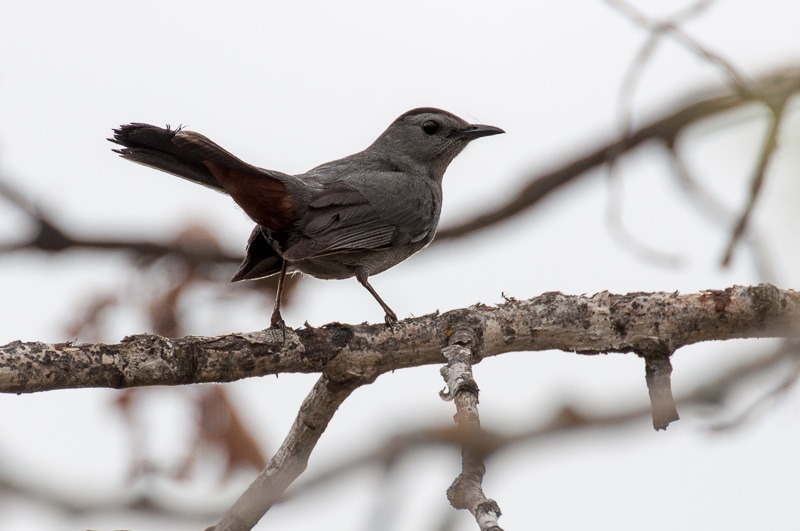 Grey Catbird
Grey Catbird
This post is mostly about birds, but also about a place called Fort Whyte Alive. By now everybody who has read my blog for a while is acquainted with the place. In winter, there is mostly nothing really interesting to photograph, but when the spring comes all that changes. Gone are the pure white pictures with ice, snow and frozen leaves, branches and flowers. Now it’s time to photograph wildlife.
 Hooded merganser
Hooded merganser
And wildlife is abundant in Fort Whyte. The trick is to find it and to find something new and interesting every time. I usually go there twice or three times a week, just to see what changes. Also, fellow photographers post pictures of animals they have seen there and I want to have one picture at least in my collection too. That sounds a bit childish, I know.
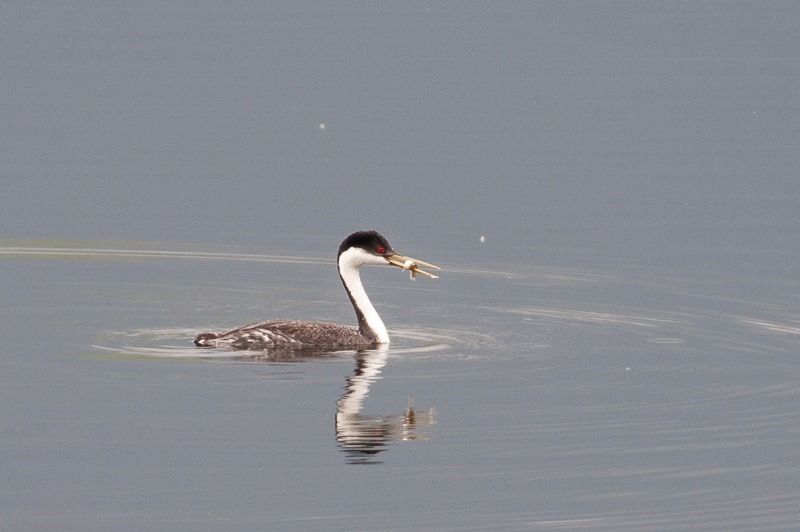 Western Grebe
Western Grebe
But if I look objectively at what I am really doing, I must admit that I am more of a wildlife collector than a birder or wannabe biologist. I love to take pictures of challenging subject and boy, those birds can be challenging!
 American Robin
American Robin
At first I caught them on the feeders, the easy way. I posted many of those pictures and only got comments from people who did the same thing. Then I tried to shoot the same birds, but in a different setting, on a branch or on the ground, without any food or feeder in sight. The pictures became better.
 Eastern Kingbird
Eastern Kingbird
Then I started birds-in-flight. Now there’s a challenge. The challenge is also to know your camera and anticipate what it is going to do when you point it upwards. The trick becomes suddenly way more technical. That is not a problem, it only teaches me how to manipulate the camera and the environment to get better shots. Now you need to anticipate what a flying bird is going to do. Many of those birds are what I jokingly call three-pixel birds. They only occupy a few pixels in the centre of the sensor and the rest is fill-frame.
 Mallard duck (hen) with youngsters
Mallard duck (hen) with youngsters
I think that birding for me is more about the collection of different species than anything else. Of course, to be able to put a name on the bird and “know” it the next time it comes around is a plus. But that’s where the memory plays tricks.
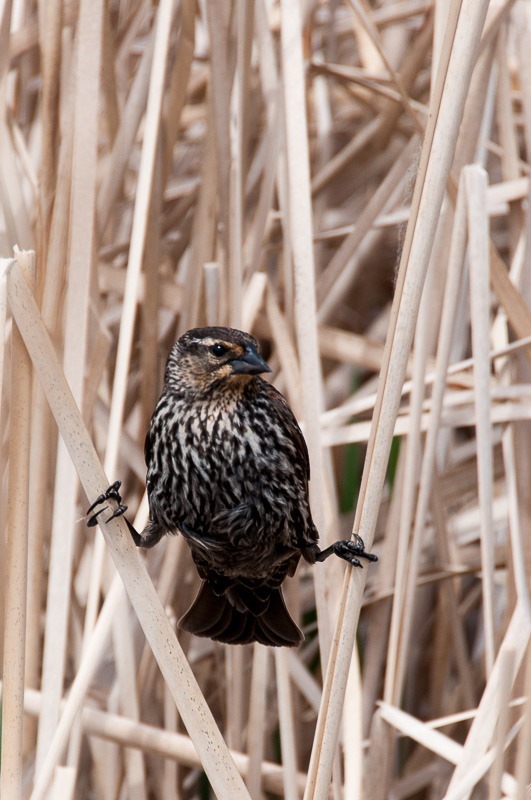 Red-winged Blackbird, female
Red-winged Blackbird, female
Happily, here in Fort Whyte, most of the birds are quite unique and recognizing them is fairly easy. At least if I have seen them before. Many times I need to ask more knowledgeable people what this or that bird is called. The bird book also helps a lot.
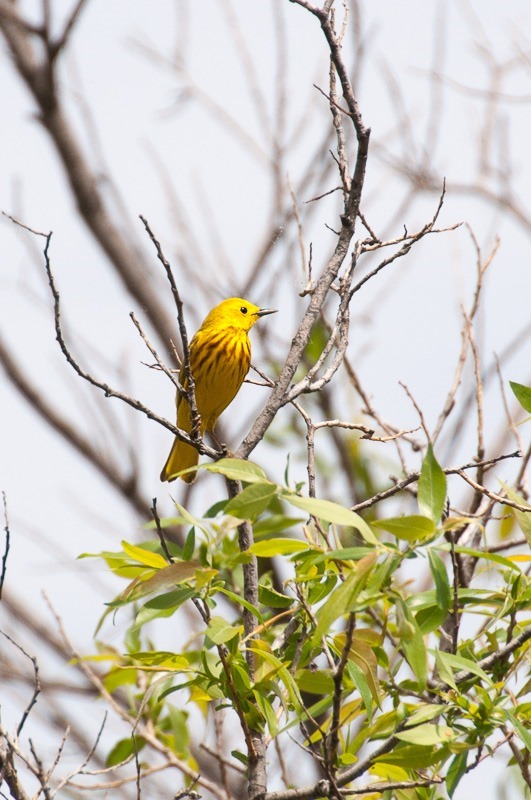 Yellow warbler
Yellow warbler
So there you have it. I must be disappointing people who imagine me with quite the knowledge of all those birds. But at heart I am more of a collector than anything else. Many photographers I know will feel the same way. As long as they dare to ask themselves what they are doing shooting all those birds, over and over again.
Until next time…
